
Who Ate The Internet?
As you may know, a couple weeks ago an unidentified woodland creature ate our internet. Luckily, we are back online! But we still aren’t sure what creature to blame. Today I went to investigate.
Here’s what we know. Whatever creature ate the internet attacked a footlong section of cable, leaving behind two identical sets of bite marks. These marks indicate a jaw width of approximately two inches at the rear molars, the teeth capable of producing the chewed-up look — as opposed to sheared or snipped — of the wire damage.
Let’s see if we can interrogate some suspects, making use of our collection of animal skulls found on the Preserve.

Suspect: Pleistocene Horse
Verdict: Last seen on the North American continent 2 million years ago, the now-extinct ancestors of modern horses would not have been alive at the time of wire-chewing.
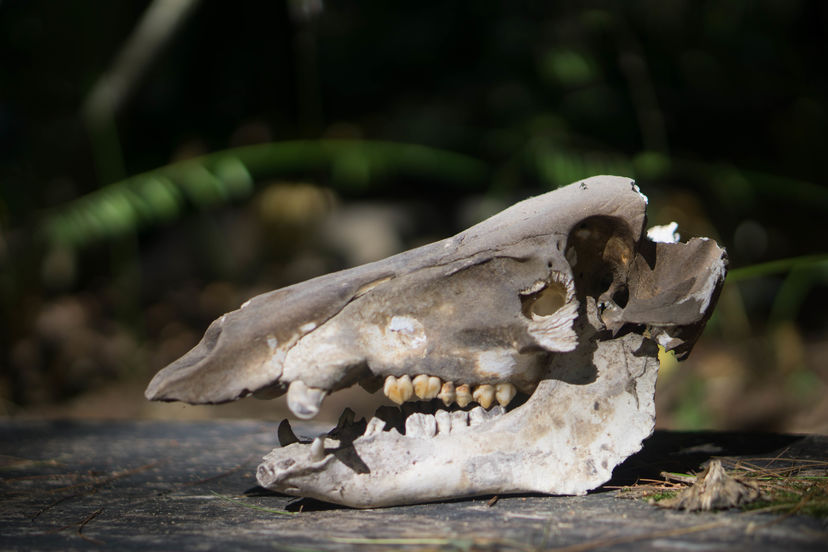
Suspect: Wild Boar
Verdict: While these feral pigs are known for digging up roots and truffles, their barbarically situated tusks would have made eating our internet a challenge. Furthermore, the bite marks do not match the width between the boar’s chewing teeth.
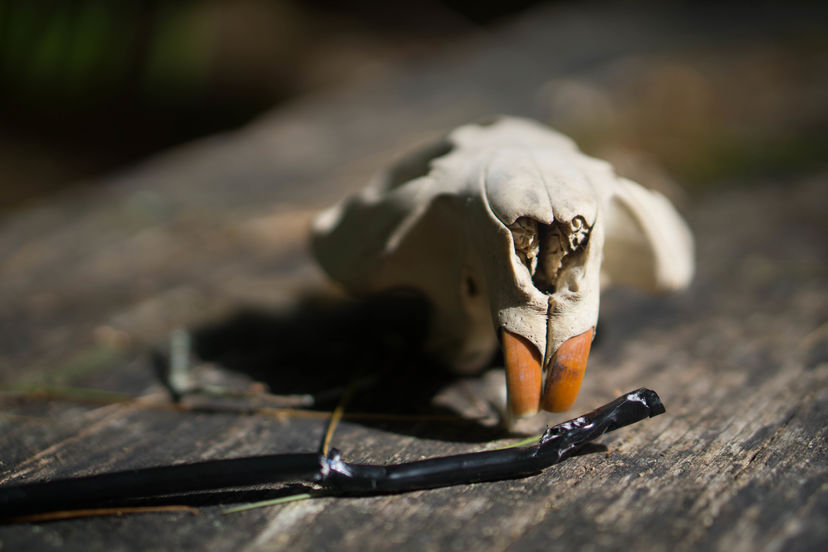
Suspect: Beaver
Verdict: Beavers are master chewers, true. But it’s hard to believe a beaver would gnaw two identical sets of marks along the wire, leaving space between the marks that match some other animal’s jaw shape. Unless, of course, the beaver was trying to frame someone else. But that’s also not likely. The scientific principle called Occam’s Razor warns against overly complex explanations. Let’s save the frame-job theory for now.
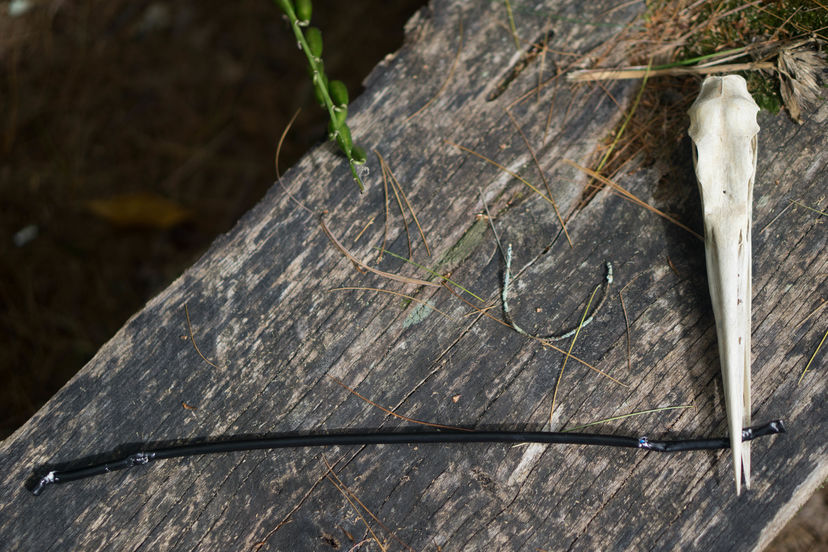
Suspect: Blue Heron
Verdict: It was probably not a blue heron.
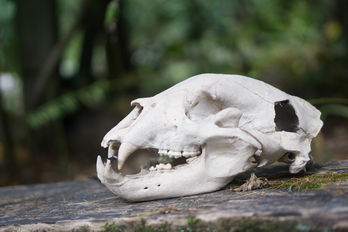
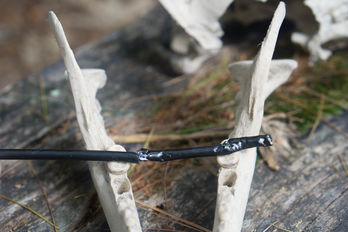
Suspect: Black Bear
Verdict: The marks on the wire do not match the black bear skull. Moreover, black bears are famously introspective, and could not in good conscience cut off our access to Netflix.
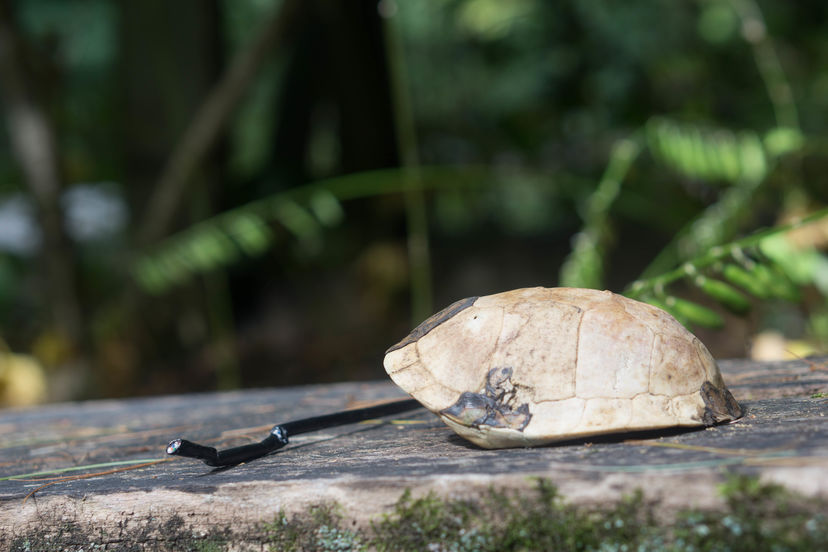
Suspect: Box Turtle
Verdict: While our internet is certainly slow enough to be caught and eaten by a turtle, its jaws are too small for the marks we observed.

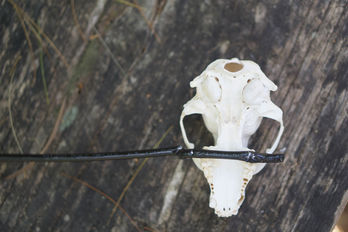
Suspect: Possum
Verdict: The bite marks also do not match the width of the possum jaw.
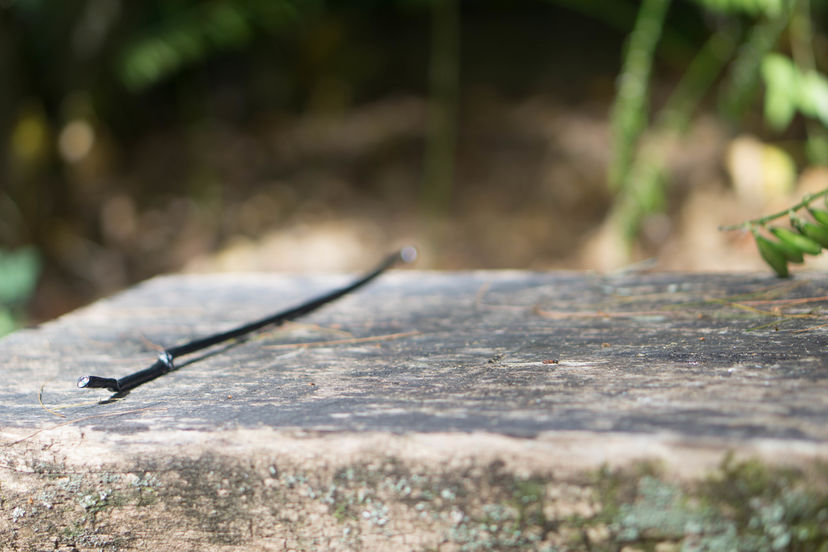
Suspect: Ant
Verdict: The underground civilizations that ants construct can amaze and inspire the naturalist. While a group of ants can coordinate and execute incredible feats of building, tunneling, farming, raiding, and even sophisticated pastoralism, they are not known to furnish their colonies with even the most basic electronic infrastructure. Without a clear motive, we must move on.
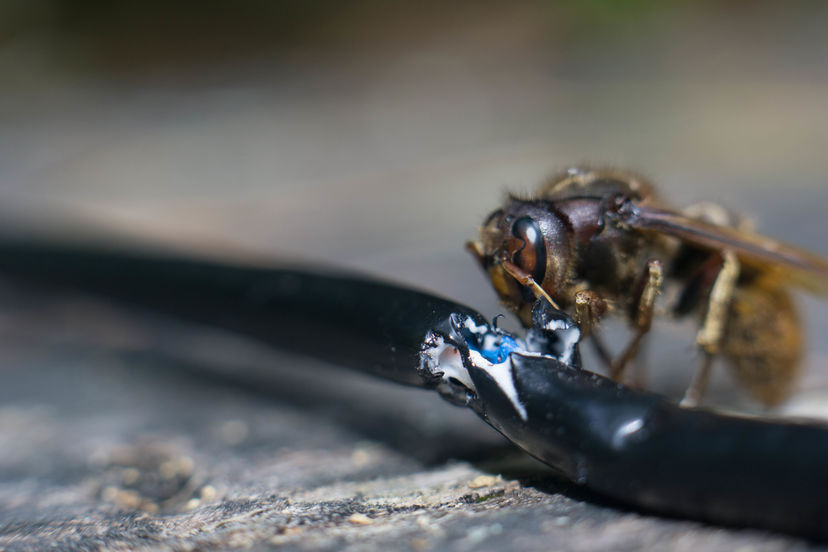
Suspect: European Hornet
Verdict: No. I do not want to live in a world where hornets can disable our communications at will.
Suspect: White Tailed Deer
Verdict: Don’t be ridiculous.
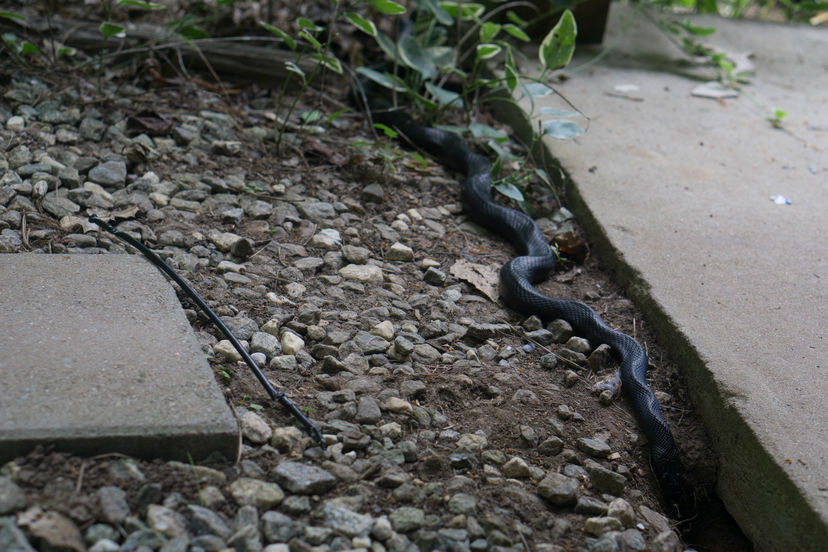
Suspect: Black Snake
Verdict: In science, sometimes you’ve got to attack a question from an unusual angle. Here, it’d be helpful to imagine how a snake would likely go about eating a long wire, should she be struck with the desire or necessity to do so. Imagine a snake eating another snake, or a pool noodle eating another pool noodle, and I think that gets you pretty close. It probably wasn’t a snake.

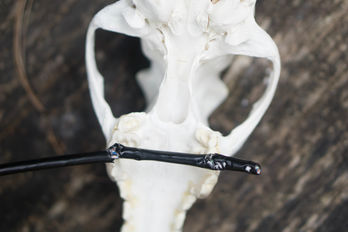
Suspect: Coyote
Verdict: We might have something here. The bite marks are about two inches wide — precisely the jaw width of our coyote skull. With our internet back in action, I also saw in a few government land management guides that coyotes have been known to chew through irrigation pipes. Perhaps a coyote is to blame!
But this brings us to another possibility. Coyotes have close relatives who are also widespread throughout the Southeast, and even more widespread at Green River Preserve: Dogs. Many people have trouble with dogs chewing on wires at home, so why not in our mountain home? While the evidence isn’t conclusive, I’d bet that we have a wire-munching dog. But it very well might have been a coyote.
What do you think it was? Let us know in the comments!
